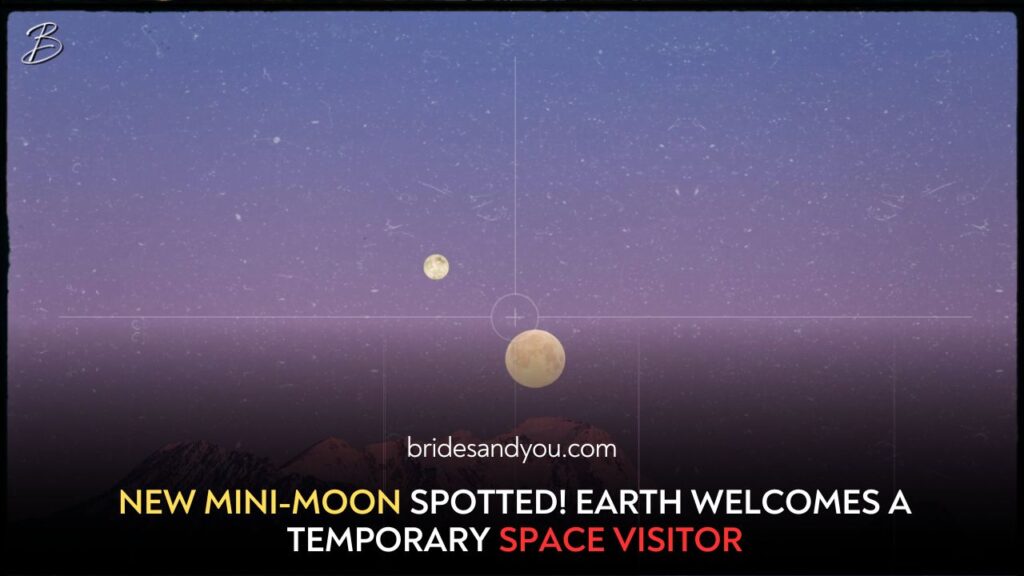Now Reading: Milky Way and Andromeda Collision: Is a Cosmic Crash Still Inevitable?
-
01
Milky Way and Andromeda Collision: Is a Cosmic Crash Still Inevitable?
Milky Way and Andromeda Collision: Is a Cosmic Crash Still Inevitable?

For years, astronomers have believed that the Milky Way and Andromeda galaxies were on a direct collision course, destined to smash into each other in about 4 to 4.5 billion years. This vision of galactic chaos—while dramatic—might not be as inevitable as we once thought.
A groundbreaking new study has reanalyzed the future movements of our galaxy and its closest large neighbor, Andromeda, and the results are far less apocalyptic than earlier forecasts. The likelihood of a Milky Way and Andromeda collision happening within the next 5 billion years is now estimated to be less than 2%. Even in the next 10 billion years, the odds hover around just 50%.
Let’s explore this cosmic twist and understand what the future holds for our galaxy.
A Glimpse at Galactic Dynamics: How Are Milky Way and Andromeda Moving?
The Milky Way and Andromeda galaxy are currently moving toward each other at a staggering speed of 250,000 miles per hour (approximately 400,000 kilometers per hour). They’re separated by about 2.5 million light-years—a light-year being nearly 5.9 trillion miles (or 9.5 trillion kilometers).
Despite this incredible pace, the galaxies won’t just crash like two cars on a highway. Galactic collisions are complex dances of gravitational forces. While stars and planets are unlikely to collide directly due to the vast distances between them, the structure of both galaxies would be dramatically reshaped.
What the New Study Reveals About the Collision Timeline
Published in Nature Astronomy, the latest study, led by astrophysicist Till Sawala from the University of Helsinki, integrates fresh data from the Gaia and Hubble Space Telescopes along with various ground-based observations. By refining mass estimates and introducing additional celestial factors, the research reshapes our understanding of what lies ahead.
While earlier models focused mainly on a two-galaxy system (Milky Way and Andromeda), this updated version includes other nearby galaxies like Triangulum (M33) and the Large Magellanic Cloud (LMC)—both of which play significant roles in the gravitational ballet of the cosmos.
Interestingly, the study finds that including Triangulum increases the chance of a collision, but adding the Large Magellanic Cloud decreases it, making a full merger between the Milky Way and Andromeda far less predictable than once thought.
Future Mergers: What Comes Before Andromeda?
Even though the Milky Way’s fate with Andromeda remains uncertain, it’s nearly guaranteed that our galaxy will merge with the Large Magellanic Cloud—a smaller satellite galaxy—within the next 2 billion years. This earlier, smaller-scale merger could influence the galactic dynamics and potentially alter the trajectory of future collisions.
Moreover, the Milky Way is currently merging with multiple dwarf galaxies, showcasing that galactic evolution is an ongoing process and not limited to dramatic head-on events.
What Happens If the Milky Way and Andromeda Do Collide?
If a Milky Way and Andromeda collision does occur, it won’t resemble a catastrophic explosion. Instead, it would result in a slow and complex merger over billions of years, eventually forming a new elliptical galaxy. The spiral shapes of both galaxies would be destroyed in the process.
A notable highlight is the fate of the supermassive black holes at the centers of the two galaxies. The Milky Way’s Sagittarius A*, weighing about 4 million times the mass of our Sun, would eventually merge with Andromeda’s even more massive black hole—around 100 million solar masses. These two cosmic giants would spiral toward each other and become one in the center of the new galaxy.
A Cosmic Perspective: Why This Matters
Galactic mergers were much more common in the early universe when galaxies were smaller and closer together. Understanding these events provides deep insights into how galaxies evolve, grow, and interact.
While we won’t witness the outcome of this potential collision ourselves, these findings help refine our understanding of the universe’s long-term future, offering a humbling glimpse into cosmic timescales and the forces shaping the cosmos.
Final Thoughts
Thanks to modern astronomy and advanced simulations, we now know that the Milky Way and Andromeda collision is far less certain than we once believed. With less than a 2% chance of merging in the next 5 billion years, it’s safe to say our galaxy is in no immediate danger.
As space science continues to evolve, so does our understanding of these breathtaking cosmic phenomena. One thing’s for sure—the universe is always full of surprises.











